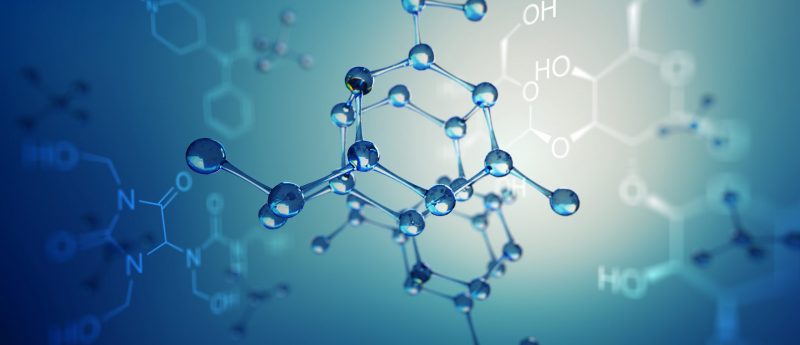CRISPR used to develop cell therapies for cystic fibrosis

Using CRISPR/Cas9, researchers have developed autologous gene-corrected primary Krt5+ airway basal stem cells as a cell therapy for cystic fibrosis.
In research presented today at the American Society of Gene & Cell Therapy Annual Meeting 2019 (29 April—2 May 2019; DC, USA), researchers from Stanford University (CA, USA) have demonstrated a potential cell therapy for cystic fibrosis (CF), by developing autologous gene corrected primary Krt5+ airway basal stem cells.
The ideal CF therapy is a gene therapy that corrects the CF-causing mutation in airway stem cells and generates a layer of corrected airway cells; this strategy would avoid the problem with current cystic fibrosis transmembrane conductance regulator (CFTR) modulators where 10% of patients cannot benefit from this treatment.
Although in vivo viral and non-viral gene therapy strategies have been attempted, success has been limited due to a range of factors including the thick mucus, immune response to viral vectors, the inflamed nature of the epithelial surface and rarity of basal stem cells.
In their work, the researchers used CRISPR/Cas9 and adeno-associated virus (AAV) to insert the cDNA of the Cl– channel missing in CF patients — CFTR — into exon 1 of primary Krt5+ basal stem cells, from both CF and non-CF patients. In this study, they addressed 100% of the CF mutations, a major step for the autologous transplantation of edited airway stem cells to treat CF.
A major challenge many find in using CRISPR/Cas9 in CF is achieving a high frequency of correction in the physiologically relevant airway stem cells. These researchers were able to achieve correction in D508del mutation in primary airway basal cells, by up to 60%, and restored CFTR function — up to 99%.
The team inserted CFTR cDNA with a selection marker (truncated CD19) in 5–10% of the primary Kr5+ airway basal stem cells, in the hopes of overcoming the challenge of inserting the full-length of CFTR cDNA. They then further purified the edited cells to obtain a 50–80% edited population. Following differentiation in an air-liquid interface, they saw observed restoration of CFTR mediated Cl– transport in the differentiated epithelial sheets using Ussing Chamber analysis.
The researchers plan to continue this research by investigating the transplantation of corrected cells seeded in scaffolds approved for sinonasal repair into the upper and lower airways of animal models.
Source: Vaidyanathan S, Zellers ZM, Bravo DT et al. Genome Edited Airway Stem Cells as a Durable Cell-Based Therapy to Treat Cystic Fibrosis. Presented at: American Society of Gene & Cell Therapy Annual Meeting. Washington, DC, USA. 2019